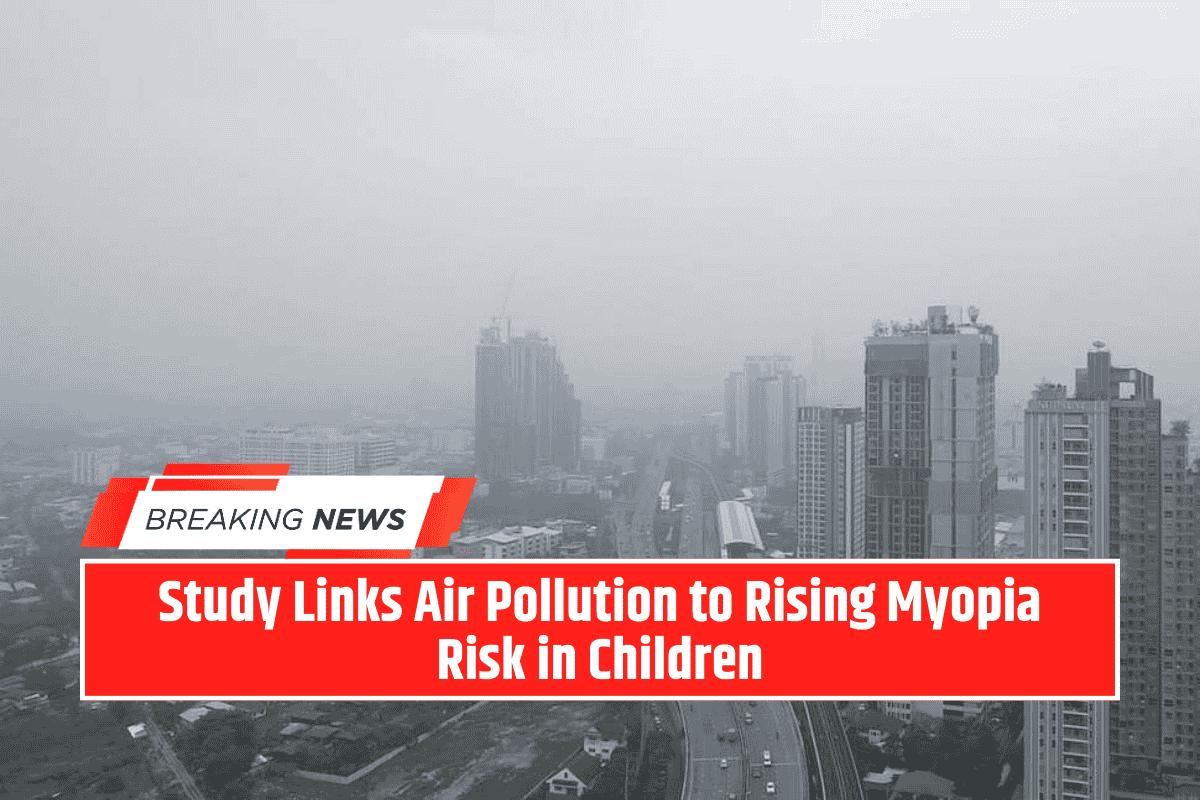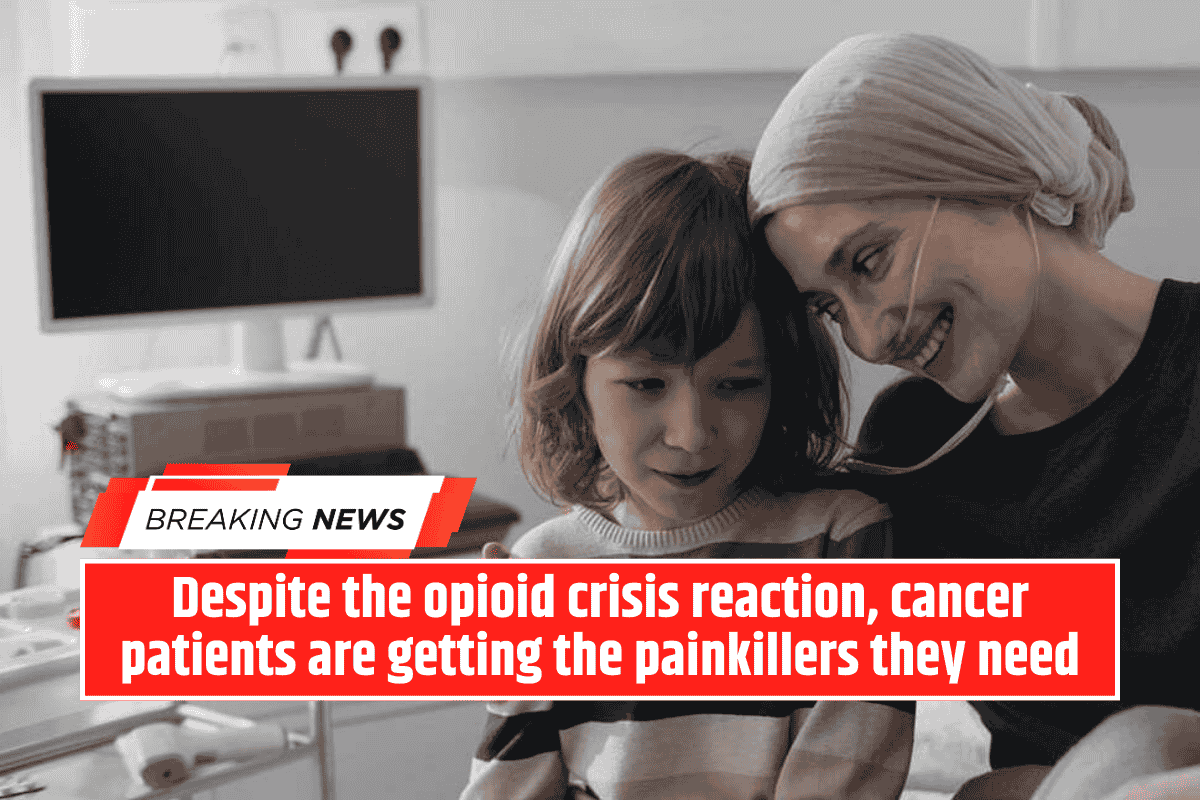The health of a community is deeply connected to the health of its environment. Environmental health is all about keeping our surroundings safe—clean air to breathe, fresh water to drink, healthy food to eat, and safe spaces to live, work, and play.
Around the world, cities are realising that improving environmental health not only prevents diseases but also boosts the social and economic strength of communities. From air pollution control to clean water programs, these efforts make everyday life better for everyone.
What Is Environmental Health?
Environmental health focuses on how our surroundings affect our health. This includes:
- The air we breathe
- The water we drink
- The food we eat
- The places where we live, learn, and relax
Polluted air in cities like New Delhi or Los Angeles leads to breathing problems, especially in children and the elderly. Dirty or unsafe water in places like Dhaka or Lagos can cause serious diseases. By improving these conditions, we can avoid many common illnesses and create healthier lives for all.
Air Quality and Its Effect on Health
Air pollution is one of the biggest environmental health issues today. Cities such as Beijing and Mexico City often face high levels of pollution, leading to:
- Asthma
- Bronchitis
- Lung infections
People who are already weak—like young children, pregnant women, and older adults—are affected the most. To improve air quality, cities are:
- Limiting vehicle emissions
- Promoting public transport
- Expanding green spaces like parks and gardens
These green areas act as natural air filters, helping communities breathe cleaner air.
Clean Water and Sanitation
Access to clean water is basic but essential. Cities like Cape Town and Jakarta have experienced water shortages and contamination that pose major health risks. Dirty water and poor sanitation can lead to diseases such as:
- Cholera
- Dysentery
- Typhoid
To solve this, communities are focusing on:
- Setting up water treatment plants
- Testing water regularly
- Educating people about hygiene
When such steps are taken seriously, waterborne diseases go down drastically.
How Urban Planning Improves Health
City planning isn’t just about buildings and roads—it also affects our health. In places like Copenhagen and Vancouver, city design encourages walking and cycling, which keeps people active and reduces vehicle pollution.
Good planning also includes:
- Public parks for exercise and relaxation
- Flood control systems
- Eco-friendly buildings that stay cool without polluting
These features make cities safer, more comfortable, and better for mental health.
Safe Food and Community Nutrition
What we eat is also part of environmental health. In cities such as New York and Mumbai, making sure food is clean and safe is a major goal. Contaminated food can spread diseases quickly.
To improve food safety, local authorities carry out:
- Market inspections
- Food storage checks
- Public education about safe cooking and eating habits
These steps help avoid outbreaks of food-related illnesses and improve overall nutrition.
Climate Change and Community Health
Climate change is creating new environmental health challenges. Rising temperatures and extreme weather events are affecting cities around the world. Places like Miami and Manila face threats from flooding, storms, and heatwaves.
These climate problems can:
- Pollute water sources
- Spread new diseases
- Damage sanitation systems
To deal with this, cities are working on:
- Stronger infrastructure
- Early warning systems
- Emergency response plans
This helps protect the most vulnerable people and keep essential services running.
The Power of Community Participation
For environmental health to succeed, everyone must get involved. Cities that run awareness drives, workshops, and clean-up activities see better results. For example:
- In London and Melbourne, residents help monitor air quality.
- In Bangalore, communities join waste segregation and recycling programs.
When people see how their actions impact their surroundings, they become more active in protecting them.
Looking Ahead: The Future of Environmental Health
With new technology like smart pollution monitors and advanced water systems, we have more tools than ever to improve environmental health. But the real success comes when:
- Governments create strong health policies
- Communities stay involved
- Science and public awareness go hand-in-hand
By combining all these efforts, we can build cities that are not only safer but also more inclusive and enjoyable for everyone.
Environmental health is more than a public responsibility—it’s a promise to future generations. When cities invest in clean air, safe water, and green spaces, they’re investing in people.
Strong, healthy communities don’t happen by chance. They are built through conscious choices, shared efforts, and a vision for a better tomorrow.









